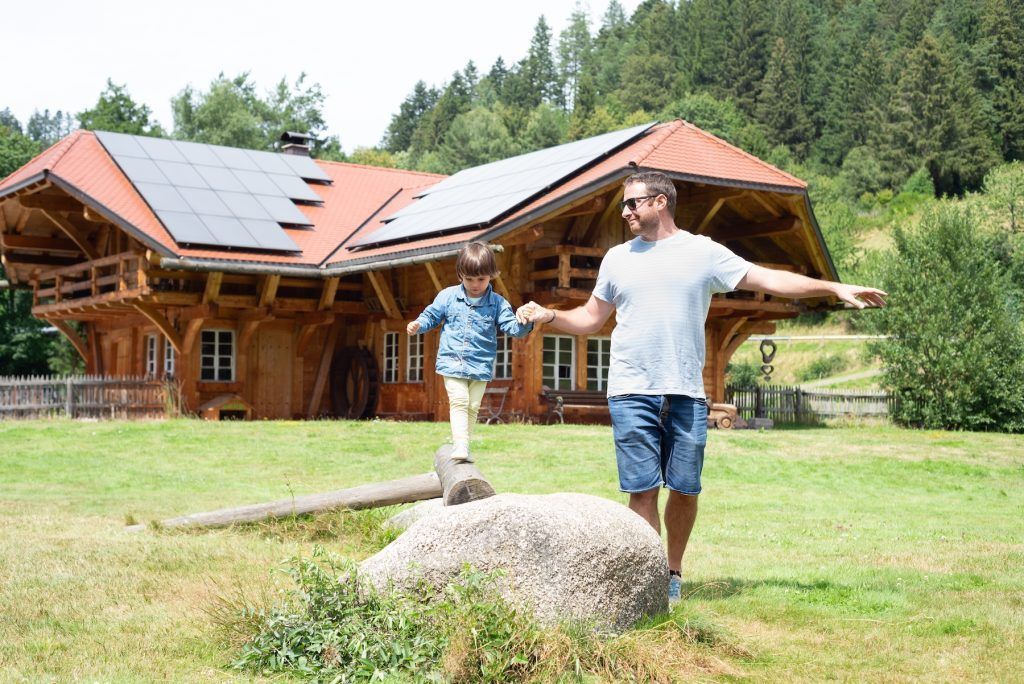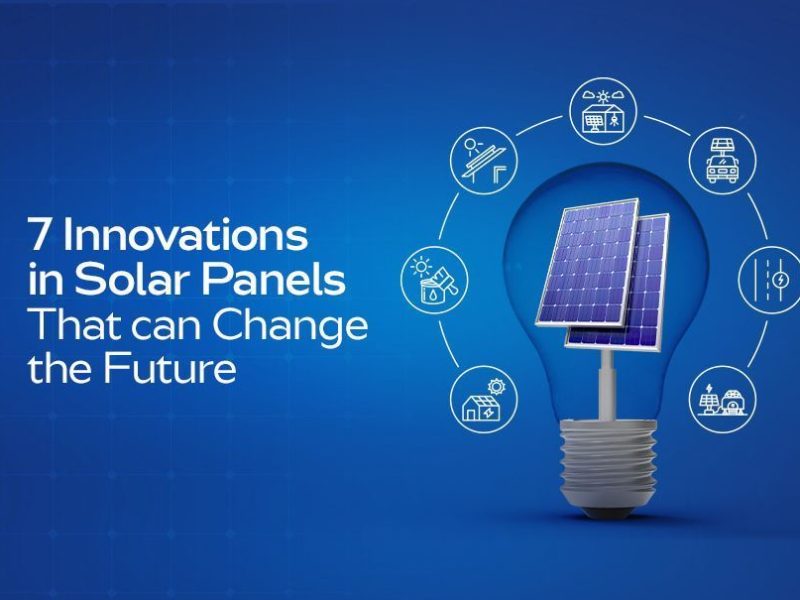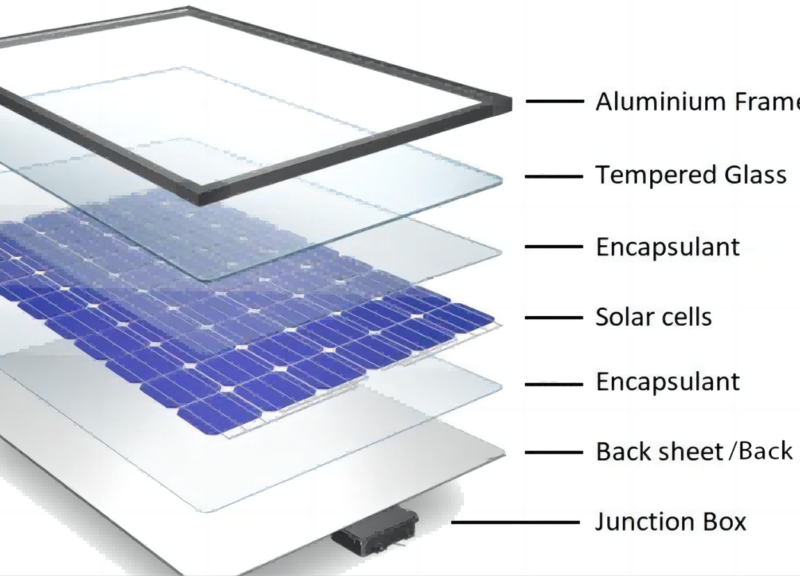
Solar power has become increasingly popular in recent years as more homeowners are looking for sustainable and cost-effective energy solutions. In 2024, the solar power industry continues to grow and evolve, offering even more options for those looking to harness the power of the sun to power their homes. In this guide, we will explore everything you need to know about solar power for homes in 2024.
Benefits of Solar Power
1. Cost Savings: One of the main benefits of solar power is the potential to save money on your energy bills. By generating your own electricity, you can reduce or even eliminate your reliance on the grid.
2. Environmental Impact: Solar power is a clean and renewable energy source that helps reduce greenhouse gas emissions and combat climate change.
3. Energy Independence: With solar power, you are less reliant on traditional energy sources, giving you greater control over your energy consumption.
Solar Power Systems
There are two main types of solar power systems for homes:
1. Grid-Tied Systems
Grid-tied systems are connected to the utility grid and allow homeowners to sell excess electricity back to the grid. This can help offset the cost of the system and further reduce energy bills.
2. Off-Grid Systems
Off-grid systems are independent of the utility grid and are ideal for remote areas without access to electricity. These systems typically require batteries for energy storage.
Components of a Solar Power System
1. Solar Panels: These are the most visible part of a solar power system and are responsible for converting sunlight into electricity.
2. Inverter: The inverter converts the direct current (DC) electricity generated by the solar panels into alternating current (AC) electricity that can be used to power your home.
3. Mounting System: Solar panels need to be mounted on a stable platform to ensure they receive optimal sunlight throughout the day.
4. Monitoring System: Many modern solar power systems come equipped with monitoring systems that allow homeowners to track their energy production and usage in real-time.
Cost Considerations
The cost of a solar power system for your home will depend on several factors, including the size of the system, your location, and any available incentives or rebates. On average, a typical residential solar power system can cost anywhere from $10,000 to $30,000 before incentives.
Choosing a Solar Power Provider
When choosing a solar power provider, it is important to do your research and consider the following factors:
1. Reputation: Look for providers with a solid reputation and positive customer reviews.
2. Experience: Choose a provider with experience installing systems similar to what you are looking for.
3. Warranty: Make sure the provider offers a warranty on both the products and installation of the system.
Conclusion
Solar power continues to be a viable and sustainable energy solution for homeowners in 2024. With the potential for cost savings, environmental benefits, and energy independence, investing in a solar power system for your home is a smart choice for the future. By following this guide, you can make an informed decision on whether solar power is right for you.
This comprehensive guide to solar power for homes in 2024 covers everything from the benefits of solar power and the different types of solar power systems to the components of a solar power system, cost considerations, and choosing a solar power provider. With this information, homeowners can make an educated decision on whether solar power is the right choice for their energy needs in 2024.


